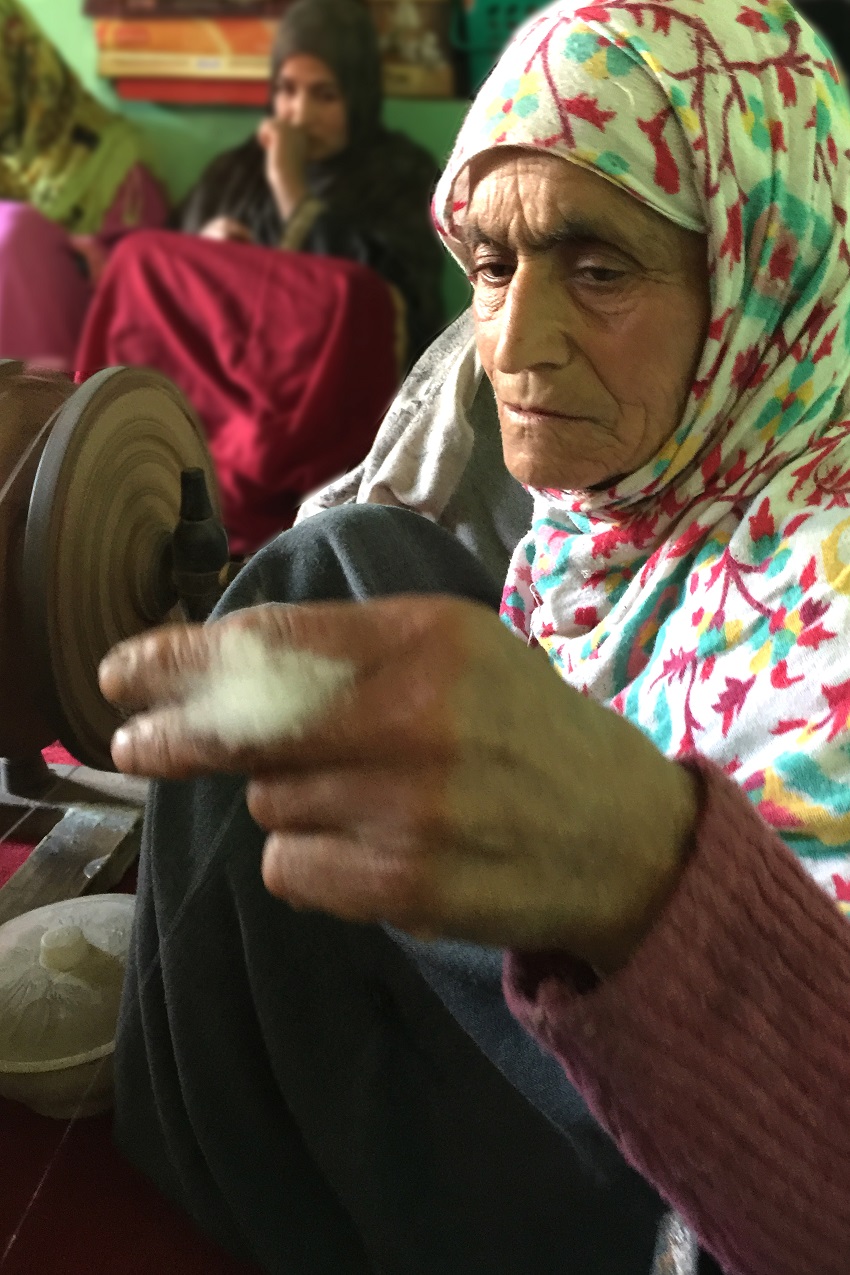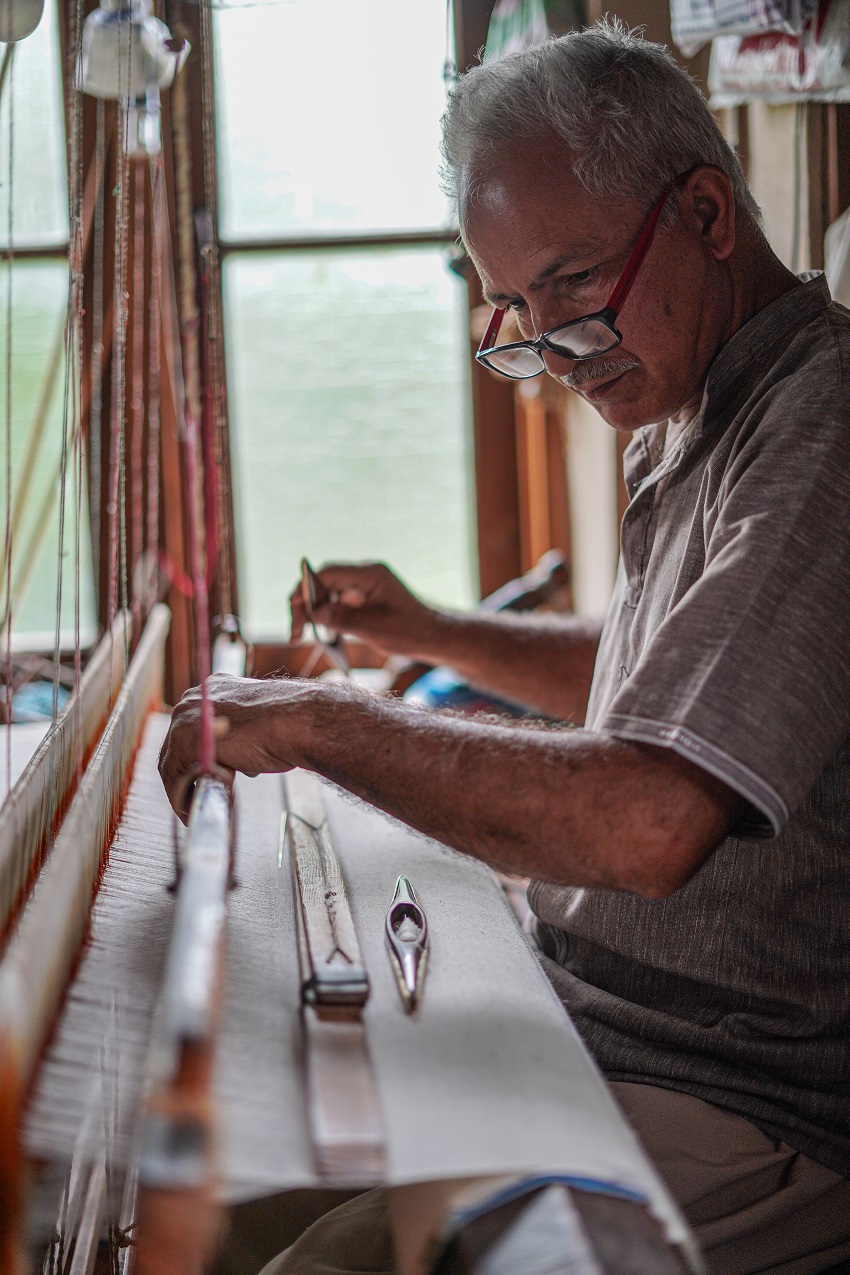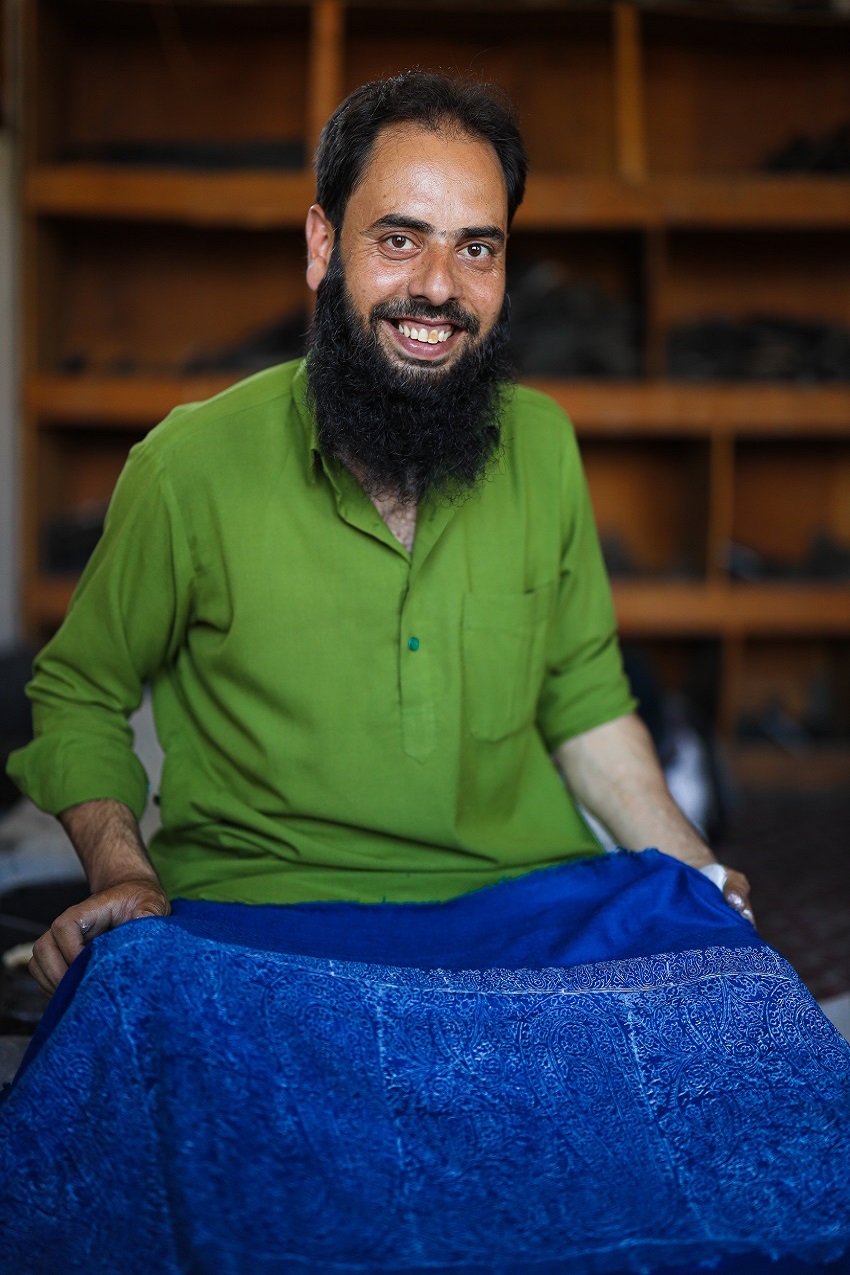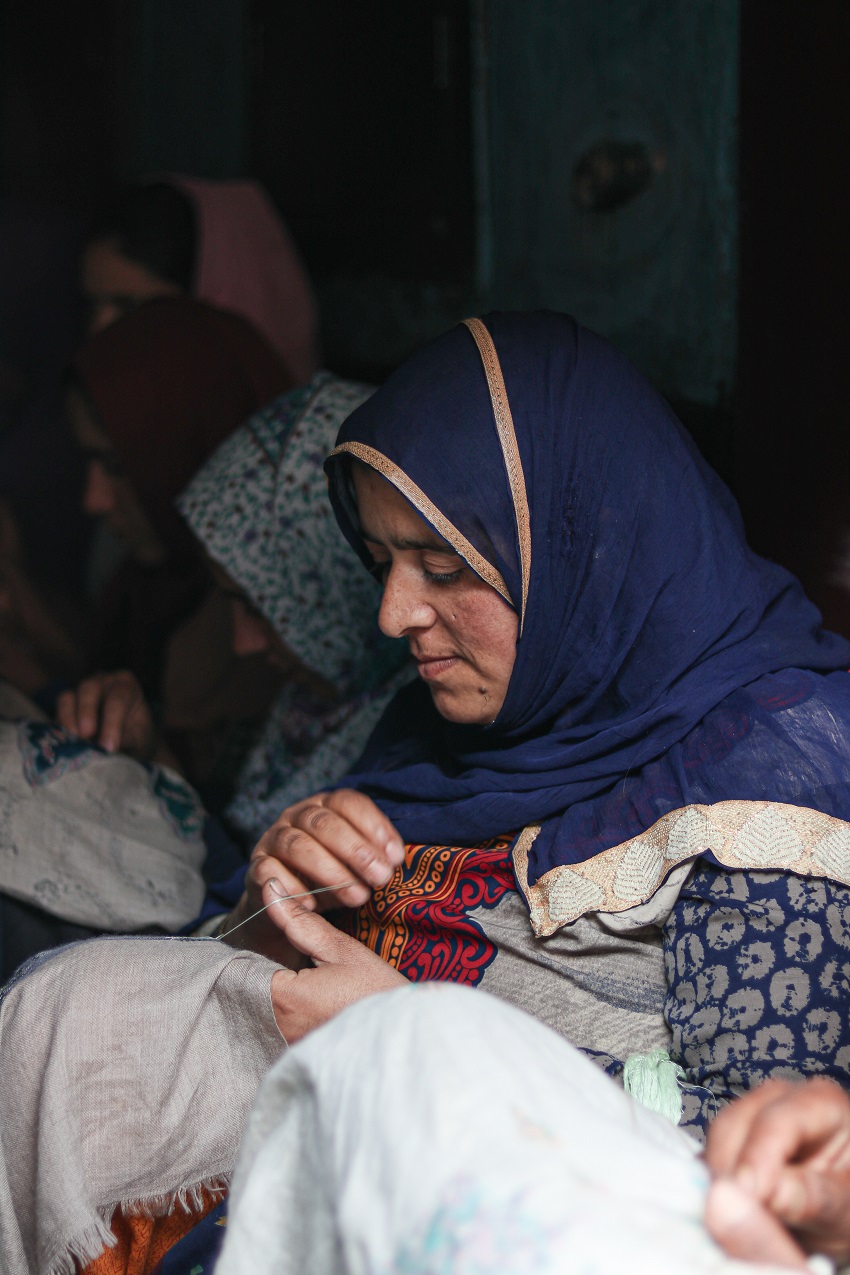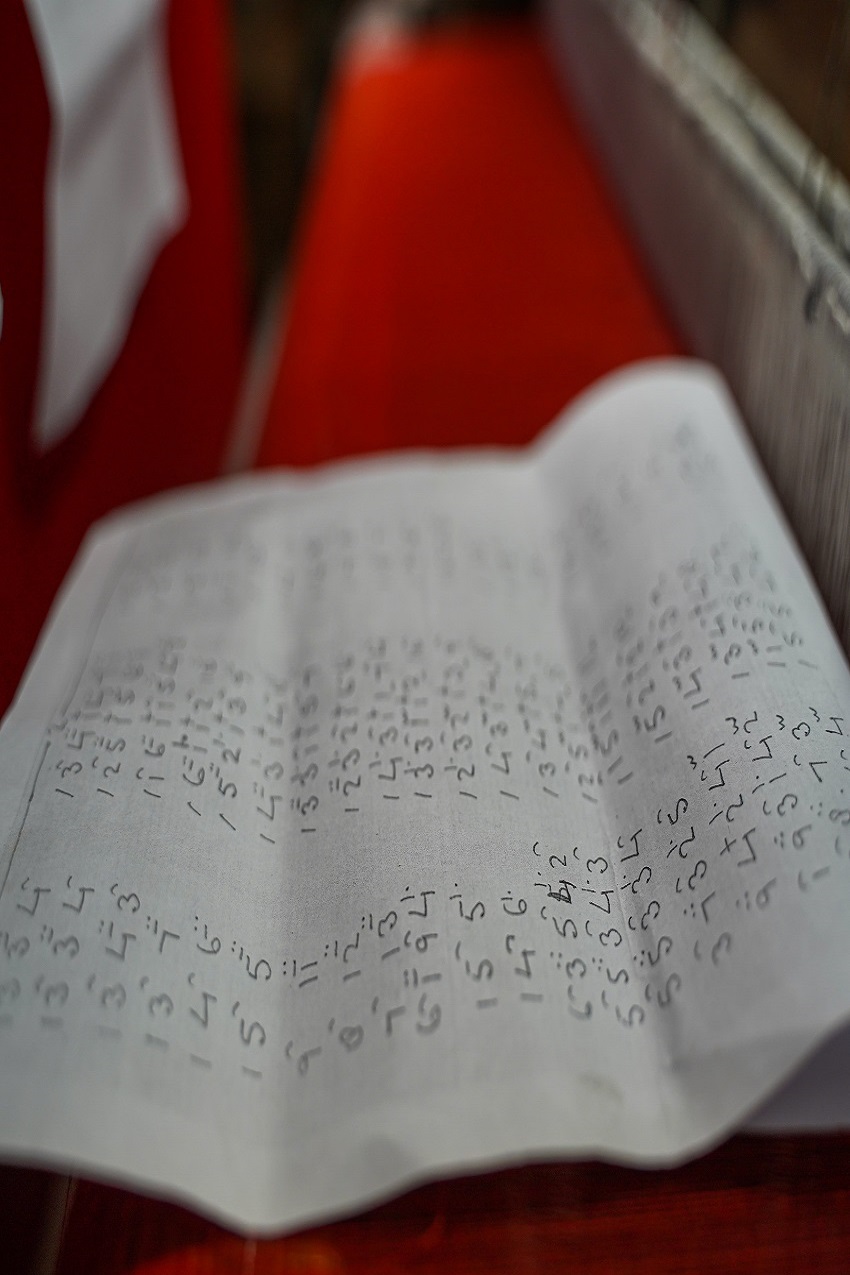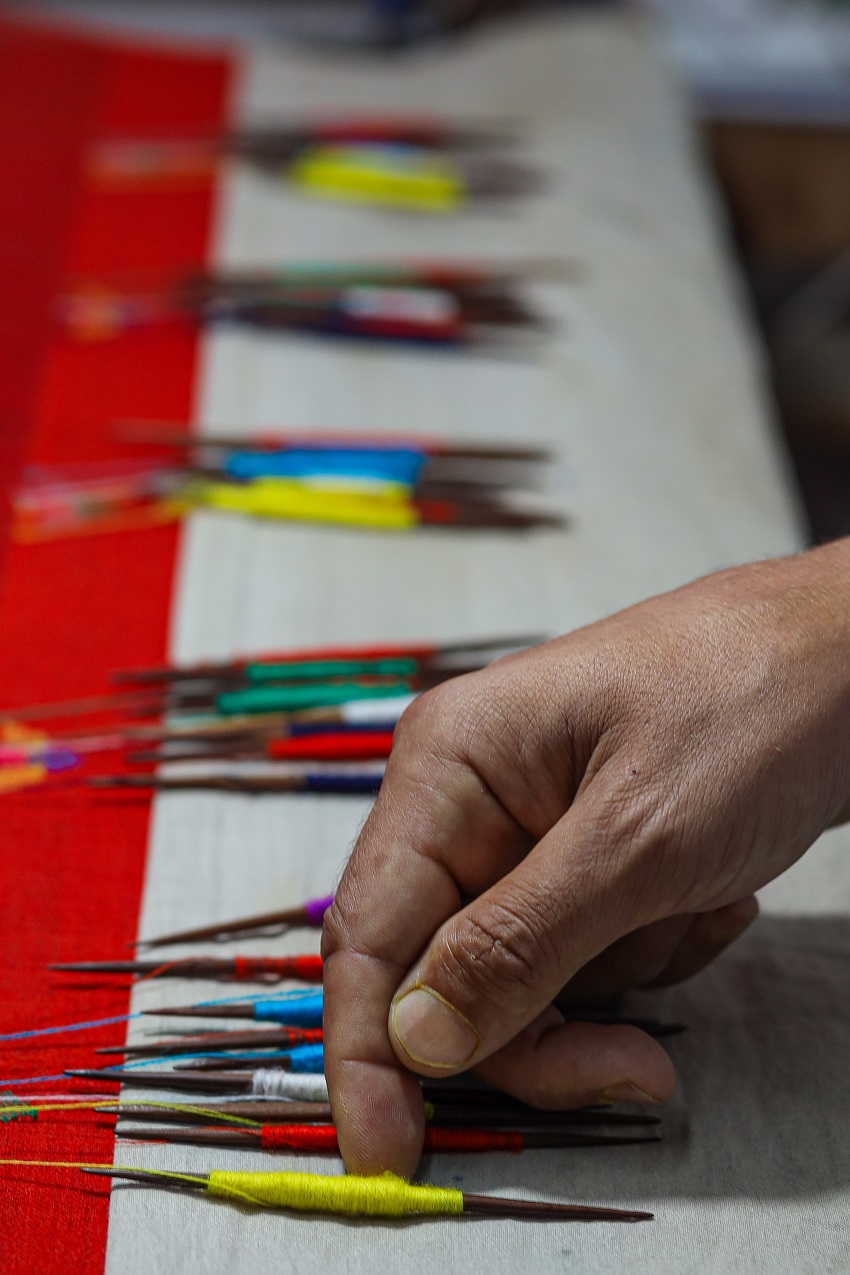Making of Pashmina
The process of creating a shawl involves a lot of time and different steps from cultivating the wool, treating and dyeing it, deciding the pattern, to embroidering and adding the final touches. It takes an immense amount of patience, precision and dedication to master the art. Often, for many of the artisans, the art is a form of spiritual meditation - A link to the origins of the art that was founded in Kashmir, when 14th-century Persian mystic Mir Sayyid Ali Hamadani brought hundreds of artists and craftspeople from central Asia to the Kashmir valley. This movement encouraged the people of the valley to learn the crafts to support themselves. With this empowerment and it’s links to the silk route, the Kashmiri shawl found a place in the markets of Middle East and China. With the advent of the British Empire the Kashmiri shawl represented a coveted article often exchanged between royalty and political dignitaries. Even today, the versatility of the shawl can be seen as they are draped around the necks of fashion icons, amongst Arabs men as a keffiyah and as part of the wedding trousseau for Kashmiri families.
At Pashmkaar, the making and possession of a Kashmiri shawl is a sentimental experience, rooted in centuries old tradition. It is symbolic of the empowerment of our sages and the richness of our artistic tradition. We work to continue the empowerment by seeking to preserve the art form and promoting the craft as a valuable and relevant profession.
Today, Pashmkaar has exclusive stores in Hong-Kong and Taiwan and exports its 100% handmade shawls to the U.K, U.S.A, China, & Japan providing employment to over 250 artisans.

